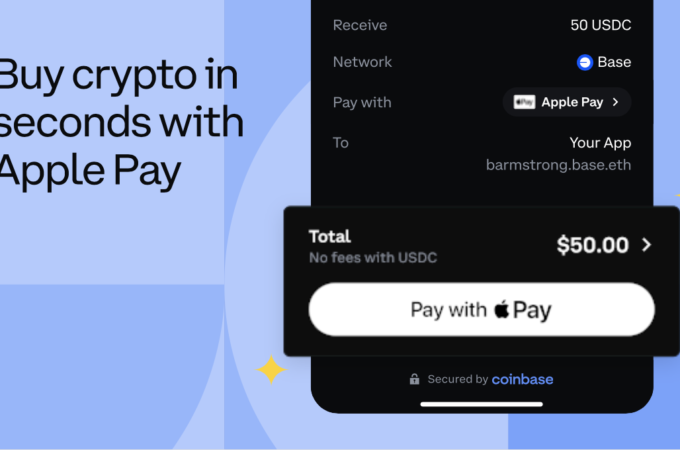
Millennials and mobile banking – the perfect match?
By Louis Peake – Compass Plus
For quite some time now, millennials have been the primary target market for a vast majority of industries. Everything they do – every website they visit, purchase they make, and even their location throughout the day – is analysed by numerous businesses, ensuring that they are showcasing the right products to them at the right time, desperate to gain their custom and ultimately their loyalty.
Millennials are studied on a scale like no other generation before them. Neither the baby boomers nor generation X had to deal with the level of targeted marketing that millennials are currently experiencing, so surely such in-depth analysis ensures that all services are now tailored to the exact requirements of the millennial end user?
Recently, online mobile payments and identity verification company Jumio carried out a global survey of more than 700 millennials to further explore their experiences with mobile banking. The results show that while all the marketing and analysis does provide them with some of what they need, there is still distance to go to provide the ultimate user experience.
Banking is currently at a crossroads, as online services are now penetrating every part of the financial services industry. Online-only banks are making headway, capitalising on difficulties the industry has seen over the past decade and differentiating themselves from the ‘traditional’ banks.
Over this ten-year period, mobile banking has leapt from a concept to the norm, and is now the largest banking channel – by volume of transactions – for a majority of banks across the globe, according to KPMG. Alongside this success, we have seen the rise of the challenger bank, with customers questioning whether they really need a brick-and-mortar establishment.
In response to this threat, traditional banks have been actively trying to maintain their market share through developing mobile offerings of their own – and millennials are the focal point of their developments
Every single one of the 721 millennials surveyed owned a mobile device. 92.5 per cent of these use their mobile devices to access financial services. It can be assumed, then, that with this huge age segment at their mercy, both traditional and challenger banks would have their mobile services perfectly tailored to their needs.
In fact, over 85 per cent of respondents that use traditional banks’ mobile offerings are dissatisfied with their services. Whilst a significantly lower percentage of challenger bank users class themselves as ‘dissatisfied’, just eight per cent describe themselves as ‘satisfied’ with their mobile services illustrating that even the new disruptors haven’t cracked this age bracket in terms of meeting their requirements. This is a sobering finding for traditional banks in particular, as it is very clear that they are not getting mobile right for all age ranges. And this should be cause for concern because, with challenger and neo banks aggressively targeting their customer base, they cannot afford to get this wrong.
Abandonment of transactions is by far and away the biggest issue that arose from Jumio’s survey. Its 2015 research found that around a quarter of UK and US respondents of all ages had abandoned a financial services transaction on their mobile. For millennials, in the 2017 survey, this figure rises to well over 90 per cent. Something is stopping them from setting up that bank account or applying for that mortgage using their mobile device.
More worryingly, over 90 per cent of respondents said that they couldn’t remember their password. While security is absolutely essential, this evidence suggests that typical mobile banking solutions might be taking this too far. That said, nearly all of the survey’s respondents cited data breaches as their number one concern when it comes to mobile banking – so the industry is left with a difficult predicament where this young demographic wants to be secure but is not fond of the security measures currently offered. The golden ticket is still available for the FI that can find the perfect balance between security and convenience in a landscape increasingly targeted by fraudsters looking for a hint of weakness, be it hardware, software or human.
So, what we are left with is an immensely popular mobile service that still has room to improve with its largest audience, as the level of dissatisfaction that millennials have expressed with the mobile banking process is something that cannot be ignored. And while challenger banks are thriving off their ‘digital appeal’, there isn’t the gulf in satisfaction between their specialist mobile services and those of the traditional banks that you might expect which leaves the playing field hide open.
What FIs need to ensure their success, is to communicate directly with millennials to determine what it is they really want, rather than relying on impersonal market research and using increasingly complex authentication methods – purely because that is what they think the customer desires.





